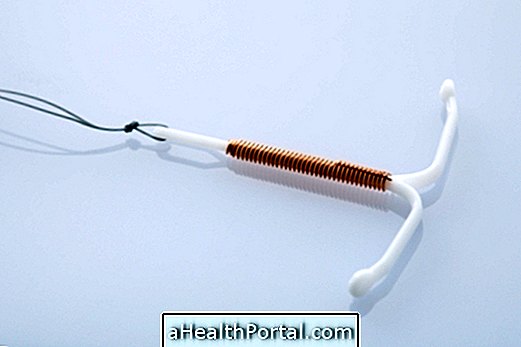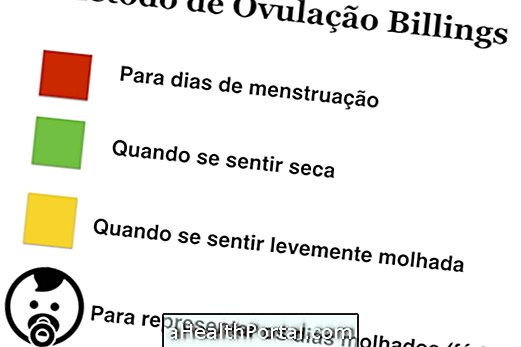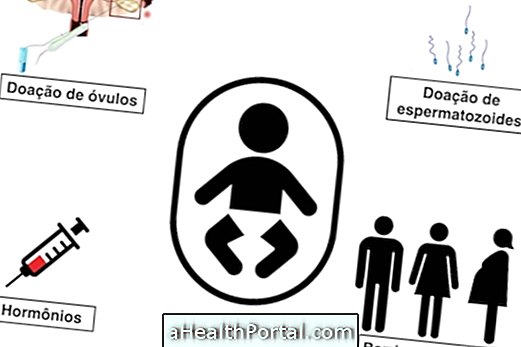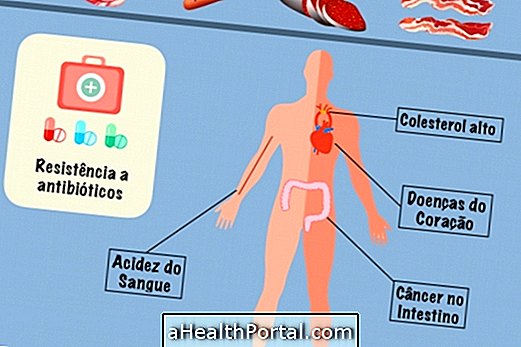Azoospermia corresponds to the complete absence of spermatozoa in semen, being one of the main causes of infertility in man. This condition can be classified according to your cause in:
- Obstructive azoospermia: there is obstruction at the site where the sperm should pass, and may be due to changes in the vas deferens, epididymis or due to vasectomy surgery;
- Nonobstructive azoospermia: is characterized by a lack of sperm production, which may be a consequence of some congenital disease or due to strokes in the testicles.
Although azoospermia is one of the main causes of infertility in man, there are also other problems that can prevent the man from generating a pregnancy, such as infections or hormonal changes. See what are the main causes of infertility in man and how to treat it.
The treatment of azoospermia is done according to the cause. When it is a non-obstructive azoospermia, the treatment is more complicated, often with no solution, but in the case of obstructive azoospermia, the cause can be solved by surgery, thus reconstituting the man's fertile ability.

What can cause azoospermia
Azoospermia is caused by any condition that affects the production, storage or transport of the sperm to the urethra. So the main causes include:
- Injuries to the testicles or epididymis caused by strokes;
- Infections in the male reproductive system;
- Presence of tumor in the testis;
- Side effect of some chemotherapy drug;
- Cryptorchidism, which is a situation in which the testicles do not descend into the scrotum - understand more about cryptorchidism;
- Varicocele;
- Recent surgery in the pelvic region.
In addition, the presence of genetic alterations can also cause difficulty in the production of sperm, eventually causing azoospermia from birth.
How to confirm the diagnosis
The most common form of diagnosis of azoospermia is through a spermogram, a laboratory test in which a sample of the semen of the man is evaluated, allowing to verify the quality and quantity of spermatozoa present.
However, even the spermogram indicating the absence of spermatozoa in semen, the urologist should request additional tests to confirm the diagnosis and identify the cause. Learn more about sperm and how it is done.
How is the treatment done?
The treatment of azoospermia is done according to the cause, but usually when it is an obstructive azoospermia, the treatment is surgical and aims to correct the cause, allowing the spermatozoa to pass back from the testicles to the semen.
In the case of nonobstructive azoospermia, the treatment is more complicated, and the man should undergo additional tests, mainly hormonal, to check his reproductive capacity.
In either case, it is always very important that the man follow up with a psychologist, since the diagnosis can create negative emotions, which can lead to depression, especially as some men may feel their masculinity affected.























